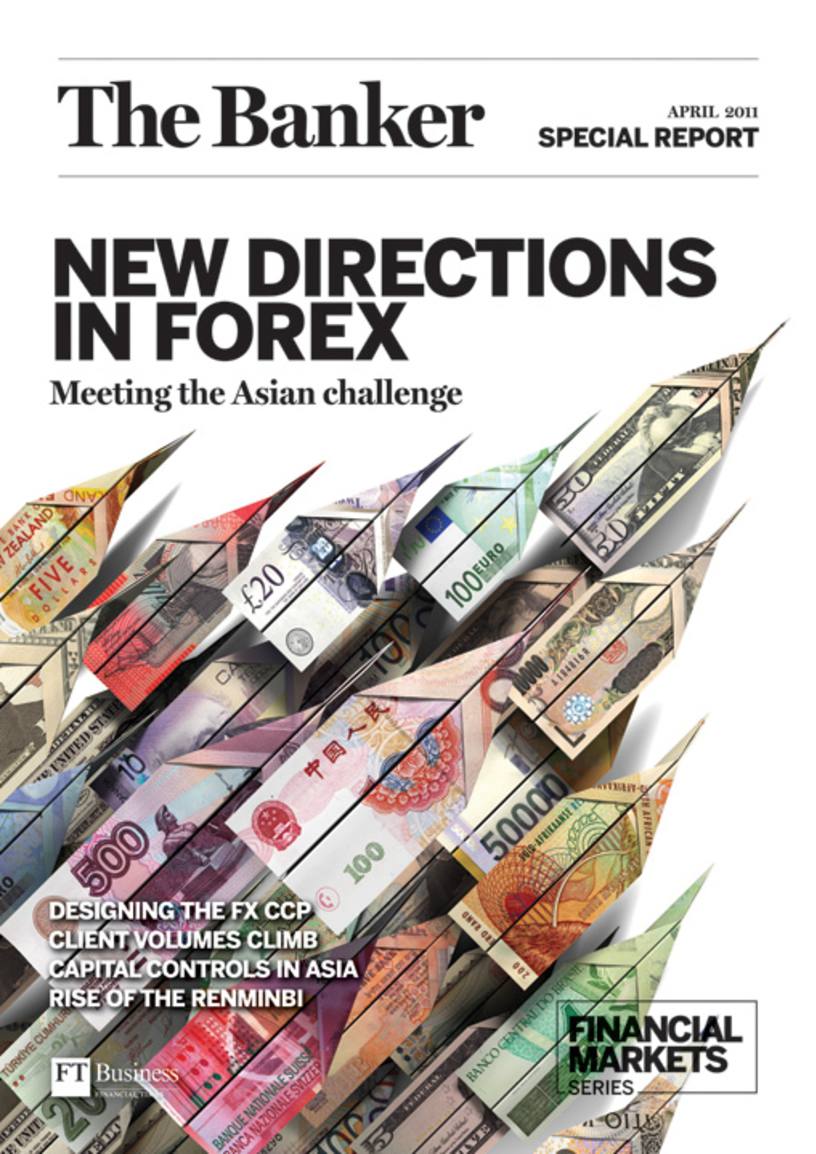In Asian currencies, the trend seems to be ever upwards. Last year the continent's currencies saw their biggest gains since 2006. The Bloomberg-JPMorgan Asia Dollar Index, which tracks the 10 most actively traded Asian currencies excluding the yen, climbed 5.2% in 2010 on the back of strong economic growth and rising interest rates.
Notably, the Chinese renminbi rose above 6.6 per dollar for the first time in 17 years, bringing the currency's gains to 3.6% in 2010. But, while the world may be focused on the rise of the renminbi and the battle between it and the dollar, it is not the only Asian currency with strong fundamentals. Malaysia's ringgit appreciated the most in Asia last year, rising by 11.8%, followed closely by the Thai baht, which rose by 11%, and the Singapore dollar, which climbed by 9.3%.












